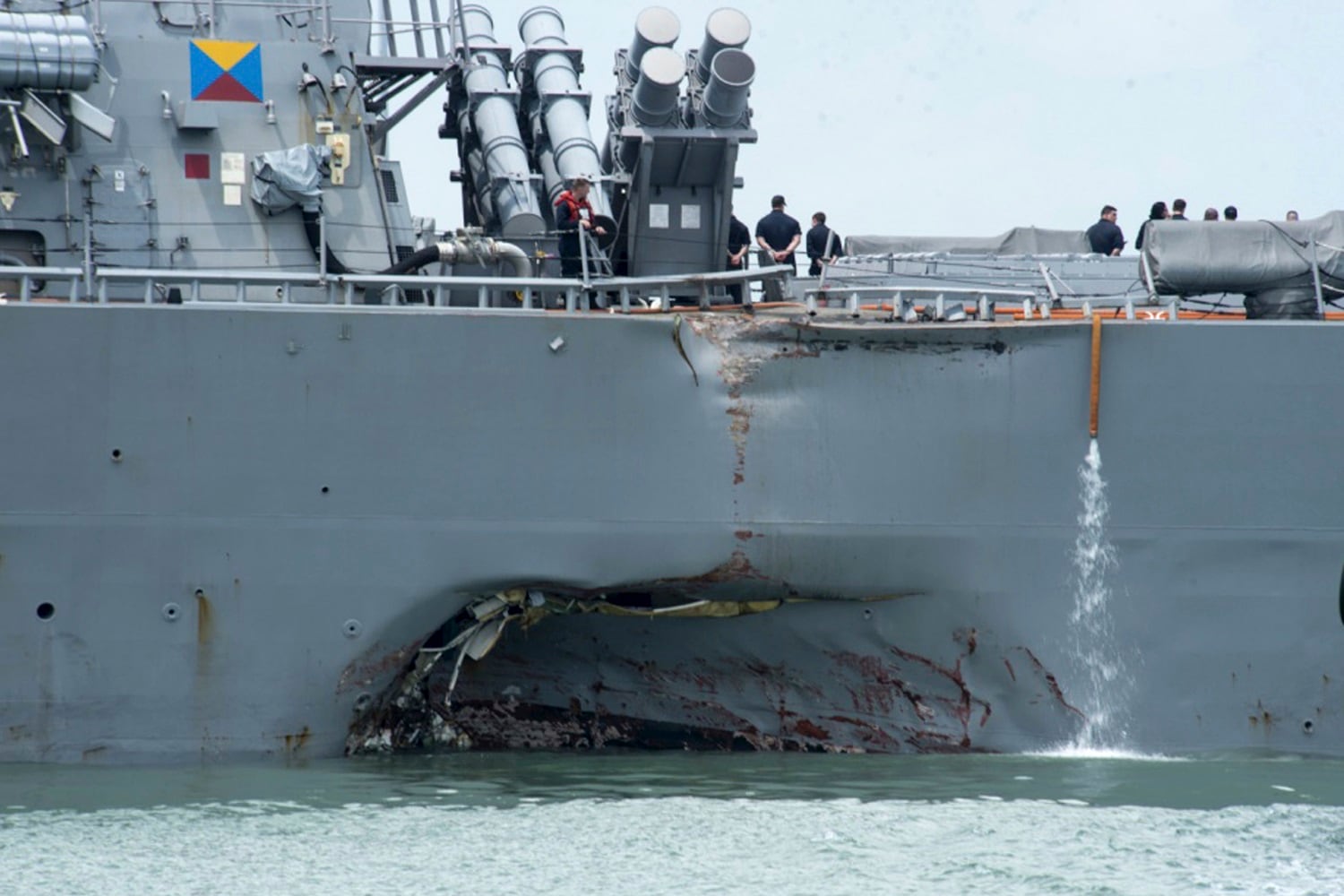Long before the guided-missile destroyer John S. McCain collided with a commercial vessel near Singapore on Aug. 21, 2017, the Navy had failed a crew that was overworked, poorly trained and exhausted, a new report reveals.
Released Monday, the investigation by the National Transportation Safety Board is the latest review into why 10 sailors on the board the warship died after it veered into the path of the Liberian-flagged tanker MC Alnic.
“The Navy failed to provide effective oversight of the John S. McCain in the areas of bridge operating procedures, crew training, and fatigue mitigation,” the report states.
“The probable cause of the collision between the destroyer John S. McCain and the tanker Alnic MC was a lack of effective operational oversight of the destroyer by the US Navy, which resulted in insufficient training and inadequate bridge operating procedures.”
In a written statement, Navy officials said the sea service “is grateful for NTSB’s efforts to improve maritime safety.”
A Navy reform council already has implemented more than 100 recommendations, some of which go beyond what NTSB prescribes in the report, Navy spokeswoman Jennifer Ivey-Harper said in an email to Navy Times.
“The (reform council’s) commitment to enabling a new readiness standard for the Navy is directly leading to improved safety and operations for our sailors and ships across the fleet,” she said.
“These standards result in measurable, concrete outcomes that allow us to focus on constant improvement within our Surface Force.”
RELATED
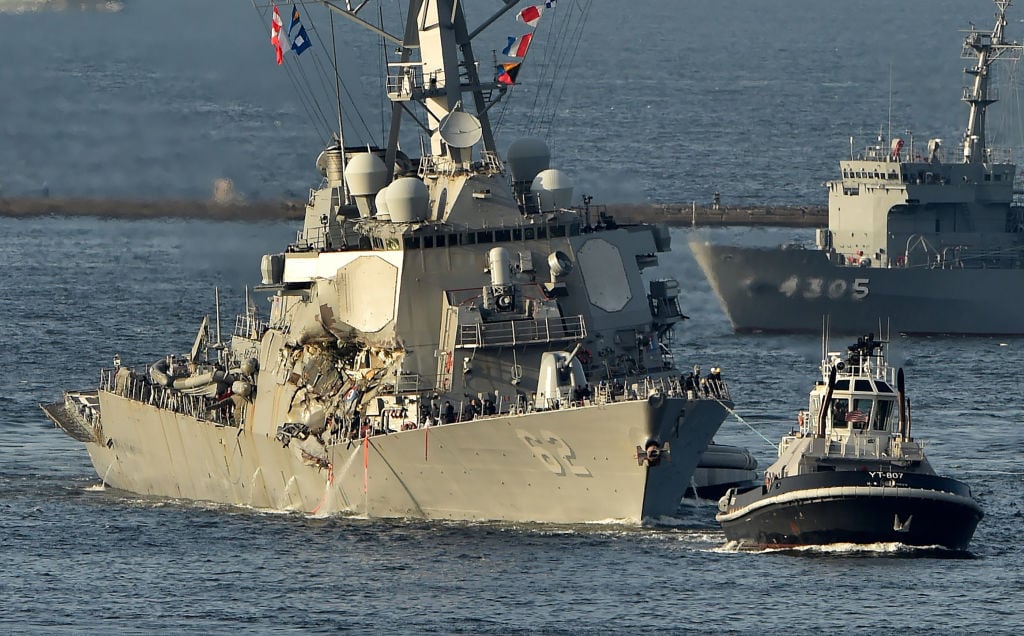
A public Navy report issued in late 2017 about the collision concentrated more on a cascade of errors by the destroyer’s crew.
NTSB instead listed crew mistakes as contributing factors that led to the collision, such as the bridge team’s "loss of situation awareness and failure to follow loss of steering emergency procedures, which included the requirement to inform nearby traffic of their perceived loss of steering.
“Also contributing to the accident was the operation of the steering system in backup manual mode, which allowed for an unintentional, unilateral transfer of steering control.”
NTSB investigators described the confusion that swept a crew that mistakenly became convinced that a steering malfunction had occurred, and control of the ship bounced from the bridge to aft several times before the morning collision in the Strait of Malacca.
The tanker’s crew thought the warship was cutting between vessels since it was so fast and maneuverable, the report found.
“This guy thinks he can cut through,” someone said in a recording from the container ship’s bridge, shortly before its bulbous bow ripped a 28-foot gash in the McCain.
RELATED
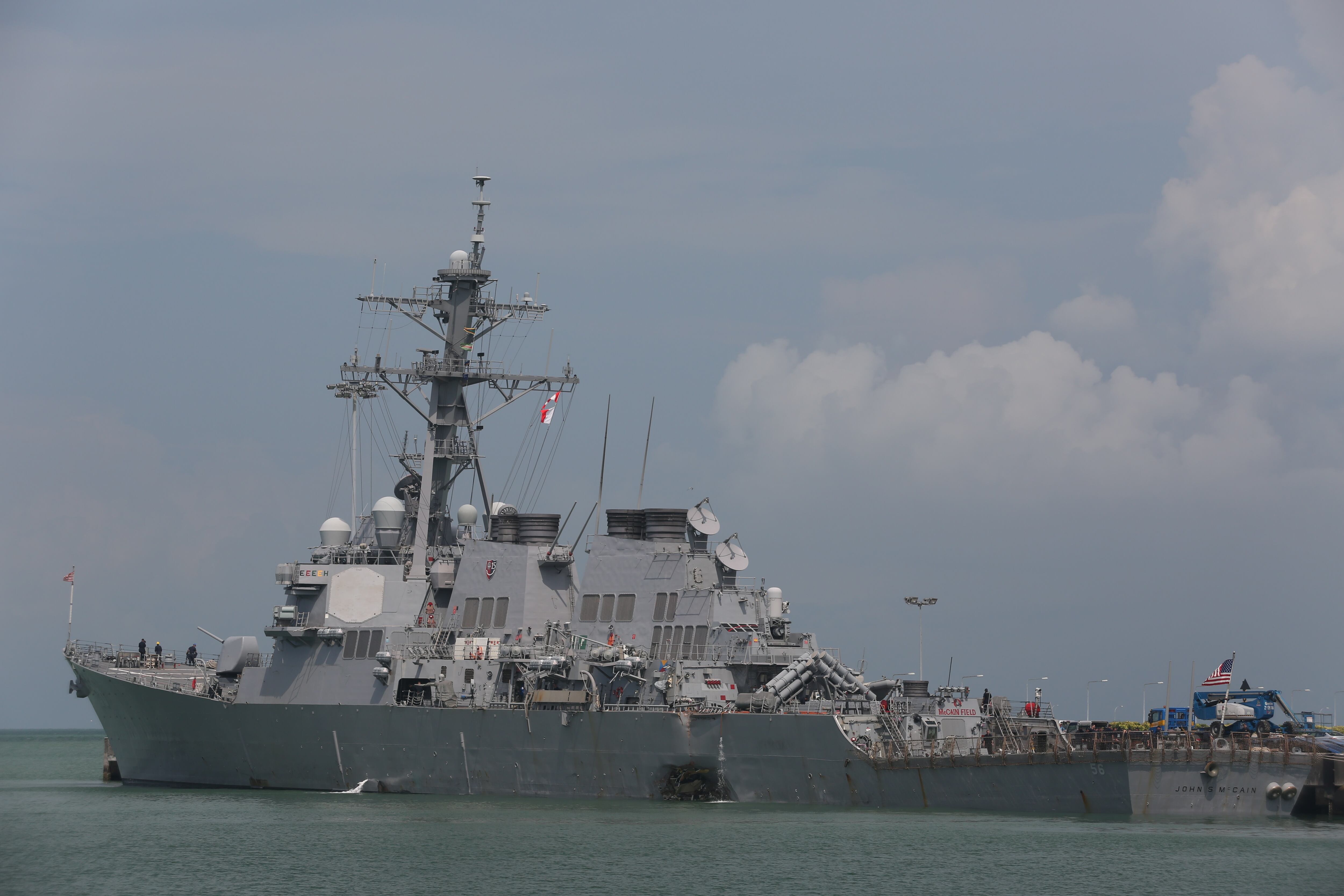
The NTSB report found that the design of the McCain’s touchscreen thrust control and steering systems “increased the likelihood of the operator errors that led to the collision.”
The Navy’s written operating procedures for steering and thrust control on the ship’s bridge “did not describe the actions needed to transfer control between stations and therefore were inadequate,” investigators determined.
Integrated bridge and navigation system training for watchstanders was inadequate “because it did not ensure that the crew could perform the basic functions of the watch, such as the transfer of steering and thrust control between bridge stations,” according to the report.
Lack of sleep also played a role, and "bridge watchstanders, particularly the lee helmsman, were acutely fatigued at the time of the accident, which impacted their situation awareness and their ability to respond to the perceived steering emergency,” NTSB determined.
The unidentified lee helmsman had no sleep the night before the collision, while the 14 shipmates on the bridge averaged 4.9 hours of rest during the previous 24 hours, according to the report.
The report chides the ship’s use of a rotating watch bill, meaning sailors weren’t getting rest at the same time each day.
While the Navy has trumpeted its guidance on commanding officers implementing circadian rhythm-based watch schedules since 2017, the NTSB reports that they are not required.
“While combat and other non-standard operations may require crew members to forego adequate rest for short periods, relying on fatigued crew members to accomplish normal, daily tasking introduces unnecessary risk,” the report states.
RELATED
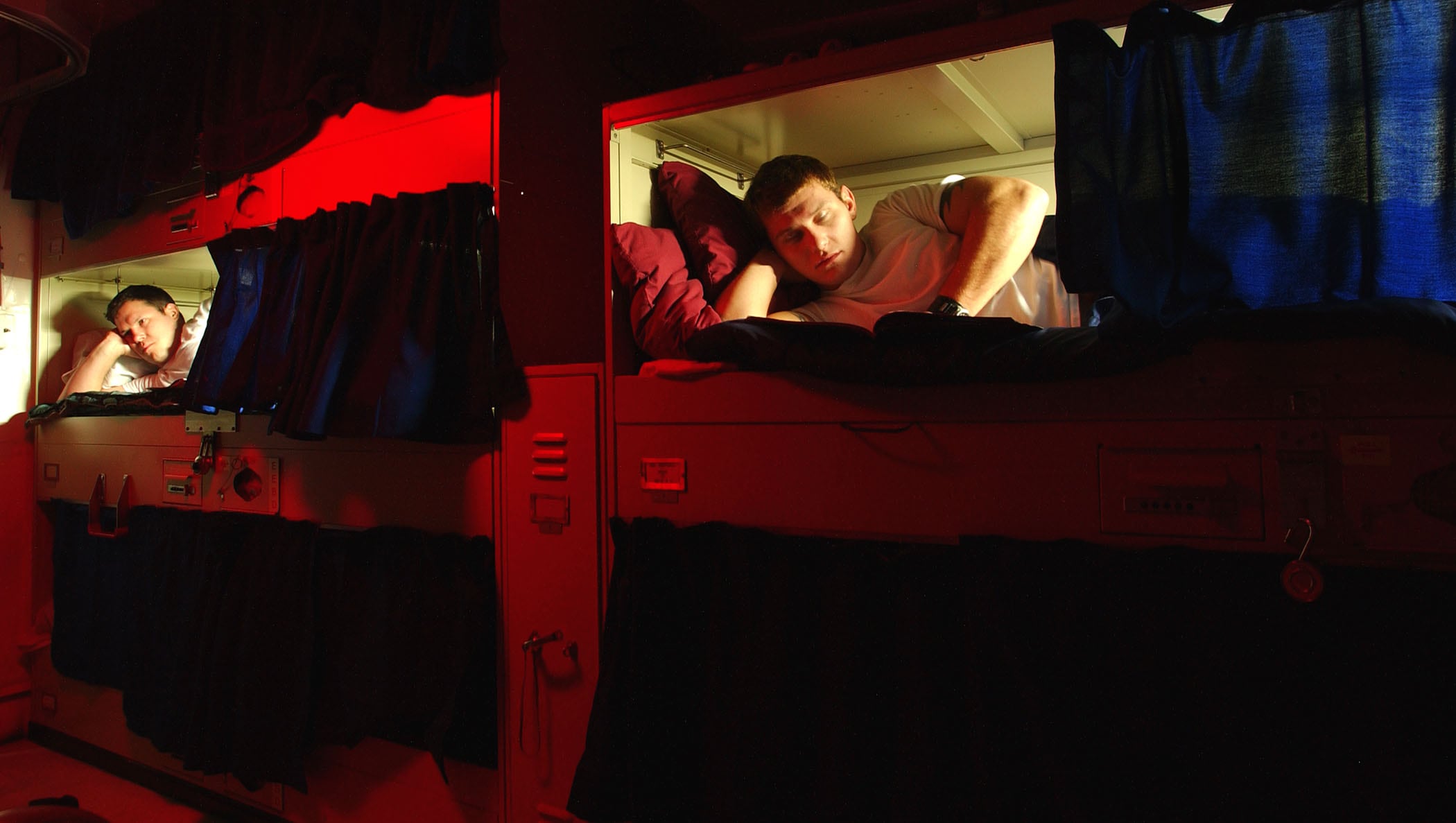
NTSB found many on the bridge didn’t even realize a collision was imminent until moments before the Alnic struck.
“A watchstander must be sufficiently alert to process information and then perform necessary actions, especially in an emergency,” the report states.
Some crew members later conceded that even if they had processed the information correctly, they "were unfamiliar with or had an incorrect understanding of the steering system.”
Because the port and starboard propeller throttles were not paired, when the lee helmsman moved to cut speed, he only slowed down the starboard throttle, resulting “in an accelerated rate of turn to port toward the Alnic MC.”
Despite the presence of the commanding officer and others on the bridge, no one was watching the lee helmsman or noticed that the throttles were mismatched.
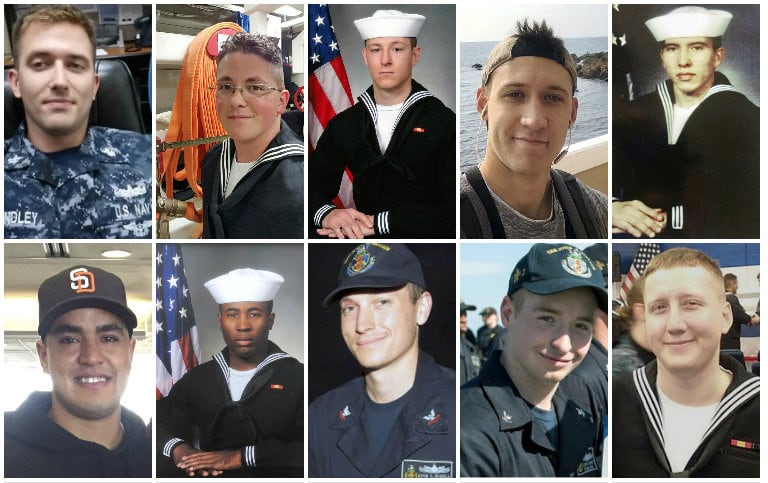
The crew also failed to notify adjacent ships through very high-frequency radio messages that the warship was not under control shortly before the crash.
The McCain did not have its automatic identification system — or AIS — activated, which also would have given other ships in the crowded sea lanes better awareness of it.
The Navy now directs ships to turn on their AIS when transiting high-traffic areas, according to the report.
Several McCain watchstanders told investigators that exterior not-under-command lighting was energized prior to the accident.
But illumination of those lights wasn’t logged until 10 minutes after the collision, and the Alnic’s crew didn’t report seeing the lights, according to the report.
While the Alnic did not have the prescribed number of watchstanders, NTSB determined that wouldn’t have affected the chances of avoiding a collision that caused more than $100 million in damages to the warship.
Go here to read the full report.
Geoff is the managing editor of Military Times, but he still loves writing stories. He covered Iraq and Afghanistan extensively and was a reporter at the Chicago Tribune. He welcomes any and all kinds of tips at geoffz@militarytimes.com.
